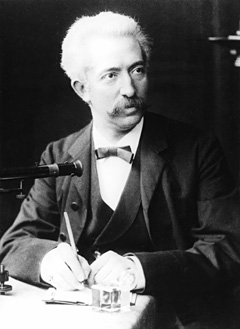What is radon gas? Is it unsafe?
Is radon really bad for you?
Breathing radon over time increases your risk of lung cancer. Radon is the second leading cause of lung cancer in the United States. Nationally, the EPA estimates that about 21,000 people die each year from radon-related lung cancer. Only smoking causes more lung cancer deaths.
Youngsters that are house all day go to much more threat for breathing. Learn why radon threatens as well as why it's so hard to detect without screening. The study seems the fatality knell of the direct, no limit theory, while unlocking to the theory of hormesis-- the idea that reduced levels of ionizing radiation might actually be good for you.
Scientist focused on 2,500 Finns who had resided in the exact same homes-- having low to high interior radon levels-- for two decades; they made sure to adjust for smoking. " Our outcomes do not show enhanced danger of lung cancer from indoor radon." The research implies that interior radon exposure does not seem an important cause of lung cancer cells. Radon is a radioactive gas released normally from the ground.
Is radon mitigation really necessary?
When radon gas enters the body, it exposes the lungs to small amounts of radiation. In small quantities, experts say this is harmless. However, in persistent exposures or larger quantities, radon can damage the cells of the lining of the lungs, increasing a person's chance of developing lung cancer.
The first significant research studies with radon and also health and wellness happened in the context of uranium mining, first in the Joachimsthal region of Bohemia and then in the Southwestern USA throughout the early Cold War. Below ground uranium mines may have high concentrations of radon due to the fact that radon is a product of the contaminated degeneration of uranium. Many uranium miners in the 4 Corners region acquired lung cancer and various other pathologies as a result of high levels of exposure to radon in the mid-1950s. The findings were released in the journal Wellness Physics in 2008.
- Your danger of lung cancer enhances substantially with direct exposure to higher radon levels.
- Radon gas is a naturally-occurring byproduct of the contaminated degeneration of Uranium in the dirt.
- Relying on your geographic area, the radon degrees of the air you breathe outside of your house might be as high as 0.75 pCi/L.
- The nationwide standard of outdoors radon levels is 0.4 pCi/L as well as it is approximated by the National Academy of Sciences that exterior radon degrees cause roughly 800 of the 21,000 radon induced lung cancer deaths in the United States every year.
- The US EPA has actually put it clearly, stating, "Any kind of radon exposure has some risk of triggering lung cancer.

How do you eliminate radon?
Possible symptoms include shortness of breath (difficulty breathing), a new or worsening cough, pain or tightness in the chest, hoarseness, or trouble swallowing. If you smoke and you know you've been exposed to high levels of radon, it's very important to quit smoking.
In the US, approximately 14 states have a state radon programs which train and also license radon mitigation specialists and also radon measurement experts. If your state licenses radon experts contact your state health division, to determine. Without the appropriate devices or technological expertise, radon degrees can in fact raise or develop other prospective risks and added https://claytonqizx812.shutterfly.com/39 prices. A checklist of licensed reduction provider is readily available through state radon workplaces, which are listed on the EPA internet site at/ radon/whereyoulive. html.
How dangerous is radon gas?
The study paid close attention to the friend's degrees of smoking cigarettes, work direct exposure to carcinogens as well as education attainment. Nonetheless, unlike most of the residential radon research studies, the study was not population-based.
How long does it take for radon to cause cancer?
Fact: You will reduce your risk of lung cancer when you reduce radon levels, even if you've lived with an elevated radon level for a long time. Keep in mind that radon levels below 4 pCi/L still pose some risk and that radon levels can be reduced to 2 pCi/L or below in most homes.